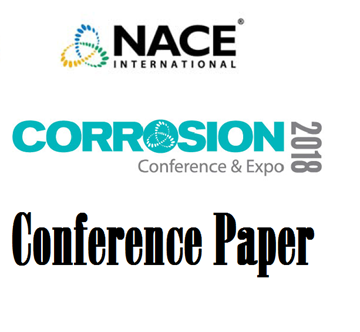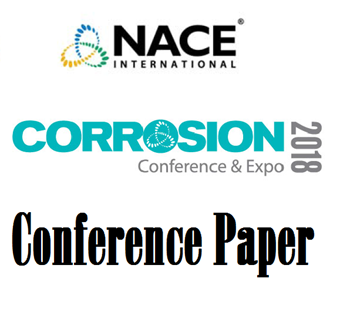Search
Products tagged with 'stainless steel'
View as
Sort by
Display
per page
51318-10615-Galvanic Corrosion Risk Assessment of Bolt Materials in ASTM A1010 Steel Bridges
Product Number:
51318-10615-SG
Publication Date:
2018
$20.00
51318-10617-Evaluation of Alloys for Marine Exhaust Scrubbers – Effect of Welding and a Crevice
Product Number:
51318-10617-SG
Publication Date:
2018
$20.00
51318-10701-Stress Corrosion Cracking of Stainless Steel in Heavy Black Liquor - Mill Experience.
Product Number:
51318-10701-SG
Publication Date:
2018
$20.00
51318-10807-Corrosion Inhibition of Stainless Steel in 0.5 M HCl by C6H5NH2
Product Number:
51318-10807-SG
Publication Date:
2018
$20.00
51318-10836-Stability of buffer solutions for SSC test in stainless steel OCTG material from experimental approach
Product Number:
51318-10836-SG
Publication Date:
2018
$20.00
51318-10845-Droplet Corrosion on CO2 Transport Pipeline Steels
Product Number:
51318-10845-SG
Publication Date:
2018
$20.00
51318-10846-Comparison of critical pitting temperatures of stainless steel in different salt solutions
Product Number:
51318-10846-SG
Publication Date:
2018
$20.00
51318-11022-Case Study: Solving the Puzzle of 10inch Duplex Stainless Steel Flowline Weld Failure
Product Number:
51318-11022-SG
Publication Date:
2018
$20.00
51318-11074-Effect of Elastic and Plastic Strain on General Corrosion and Metastable Pitting of Steels
Product Number:
51318-11074-SG
Publication Date:
2018
$20.00
51318-11084-The Application Limitation Boundary of Duplex Stainless Steel under Sour Condition in Oil Fields
Product Number:
51318-11084-SG
Publication Date:
2018
$20.00
51318-11196-An adapted EN technique for in situ corrosion monitoring of spent fuel aqueous storage environments
Product Number:
51318-11196-SG
Publication Date:
2018
$20.00
51318-11236-Using Electrochemical Noise to Elucidate the Mechanisms involved in Localized Corrosion – A Review
Product Number:
51318-11236-SG
Publication Date:
2018
$20.00












